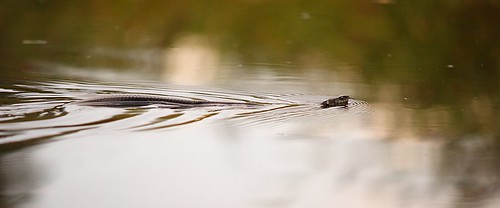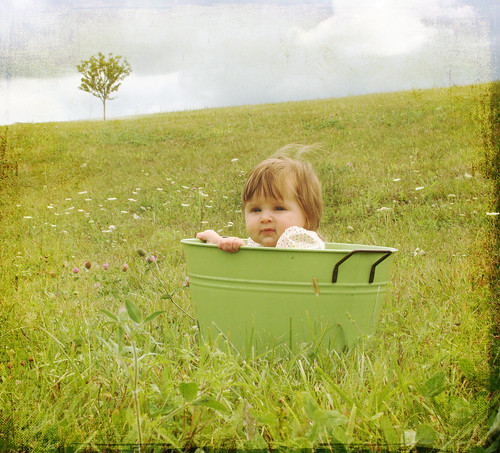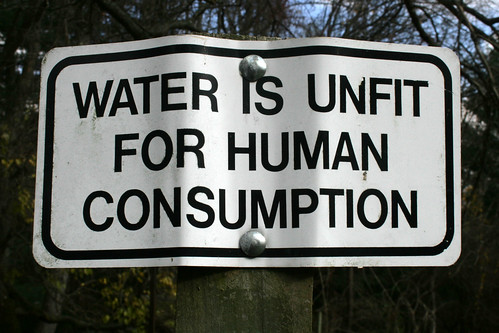Water. If you’ve grown up in a developed country, then chances are access to clean water is not something you’ve ever had to consider for your family. Maybe you have a filter but generally it comes out of the tap safe to drink and wash in. But on the road, water can become a big issue that concerns many families, particularly those new to travelling.
This issue changes depending on your style of travel and what countries you are travelling. For those who are staying in accomodation such as hotels around the world, or hostels, caravan parks or motels in developed countries, you may not have such an issue with a clean water supply, particularly when in larger towns and cities. For others, the potential for water contaminated with toxins including faeces, bacteria, viruses, bacteria and vectors is a serious risk. There are many regions where the quality of drinking water is a major risk for diseases and major illnesses.
The vagabond family needs to be particularly aware of this as kids are particularly susceptible to both the health risks and dehydration. The issues will change region to region, and what works for one family might not suit another. This article is not an exhaustive discussion, rather it is intended to be a conversation starter to get you thinking about the issue before your family hits the road. So, what do you do for your family? What works for you?
These are some of the issues we’ve come across so far in regards to water:
Swimming
Not every area with water is safe for swimming. It may be that the currents are too strong, there is a rip, or the sewerage is emptied directly into the water way. It could be that jellyfish, piranhas, crocodiles, sharks or other animal that I’ve neglected to mention are found in the region. My rule of thumb is always to check first when you get to the area. Hopefully there are signs that will tell you how safe the water is. If there aren’t any signs, ask a local or use common sense.
In Australia, there has been an extensive campaign to only swim betwee the flags at the beach. These areas are patrolled by life guards. Other areas may be safe, but there is no one there to help you if you get into trouble. Areas that are not marked may not be safe to swim. There may be a strong current, or a rip. These can cause trouble for someone swimming, particularly a child.
Animals are a major concern in some areas. From animals that swim up into your privates if someone pees (never great with kids), to box jellyfish, or crocodiles — these scare me. Floating down a gorge on tyre tubes, I had hallucinations of a snake swimming up under the water and biting my bum. Highly improbable, but it took away from my enjoyment of the moment.
The take-home message is just to play it safe, and check at local Tourist Bureaus, with other travellers, or signs if it is safe to swim in the area or not. Never assume that it is. Have you got any rule or experience in picking safe swimming spots?
Bathing
Is it safe to bathe in the local water? This really depends on your accomodation, where you are travelling and the age of your children.
Another concern is the child who is still young enough to want to drink the bath water in areas that don’t bathe in drinking-quality water. This is a bigger concern. I see it mentioned all the time on travel forums – “How can I stop my child drinking the bath water? What alternatives are there?” I can think of four options. The first would be to shower with Mum or Dad so that there is no possibility of drinking bath water. The second option would be to sponge the child off with a face washer in lieu of a full bath. Another option would be to bathe in an inch of drinking water, but probably not so helpful when the child who will drink the water is also likely to pee in the water. A combination of these would probably work over a longer time frame, or one that works particularly well for your family. A final option, for families that are just travelling for a short period of time would be to carry water steralising tablets, like Miltons, that can be added to the bathwater prior to bathing.
Ice
When travelling in developing nations, most people naturally avoid drinking tap water for quality concerns. But what about ice? Is it safe to drink something with ice in it when travelling overseas? Do you have a general no ice rule or is there was way you can tell if ice is OK? Choosing whether to drink ice in a foreign country can be tricky. You may have to ask yourself how long you are going to be travelling in this area. If it’s for a longer period of time, how hard is it going to be to avoid ice? What are the consequences of drinking local water in ice form? This varies from country to country and area to area greatly. You might get nothing more than an upset stomach for a day and decide it’s worth taking the risk if you are unsure about the quality of the ice in your Long Island Ice Tea. But if you are in an area with more serious water quality issues, then you might just not want to take the risk for you or your family.
So here you are sitting in a restaurant after a hot day out in the sun with your kids. The children are whinging about how thirsty they are and your drinks finally arrive filled to the top with ice. What do you do? It’s a good idea to have figured this out beforehand, because when your thirsty it’s amazing how quickly you forget issues like ice and find yourself halfway through a drink before even realising it. And if you are going to veto ice, are you prepared for the tantrums from the kids? What about milkshakes? Some countries make milkshakes on a mix of ice and ice-cream, so you might not even realise it has ice in it.
Generally ice served in a hotel or an international chain restaurant will be made on filtered water. Outside of this it can be harder to tell. Tubular ice (like that served in McDonalds with a hole in the middle) is usually made in a factory somewhere from purified water, with relatively high hygiene standards and is safe to drink. Usually. You’ll probably be fine drinking this type of ice but nothing is ever guaranteed, so it’s really up to you and what risks you are prepared to take. Shaved ice or ice chips however are something to be cautious of. Even if they are made of water, there’s no way of knowing under what conditions the ice was ‘chipped’ or ‘shaved’ off the block. In many cases, you may find that even if the water was purified, the ice has been chipped on the bare ground by hand and transferred to containers using hygiene methods that could leave even the most hygienically relaxed backpacker feeling a little queasy.
Drinking Water
Many parts of developed nations even such as Australia lack a reliable supply of drinking water. The water available may be from a dirty creek, river, or lake. It may be tank water, or it may be bore water. Some may be safe, or it may not be. It can’t be relied upon unless you know it’s safe. Boiling, filtering and treating water with water purification tablets are some options for improving water quality.
However, not even high-grade filters are necessarily going to protect you The filter may not not remove smaller viruses, not do they remove smaller pathogens that are known as vectors or prions. To the best of my knowledge, there is no water filter that can remove these. It is important to be vigilent to only fill up that drinking water supply from places that you are sure have clean, safe water.
If you are travelling in an RV, maybe consider putting in a seperate drinking tank for water so this can be kept for drinking-quality water.
There are many other places in the world where bottled water is the only sensible option for travelling families. In these places, you will need to plan ahead to have the facilities to both purchase and carry bottled water. There’s nothing worse than getting the kids safely tucked into bed and suddenly getting a cry for a drink before bed when you suddenly realise that you forgot to pick up any water before heading back to your room. If you’re travelling in hot countries, you will probably find that your kids will need to drink more frequently than they do back home.
Another consideration with water is when going on a long walk or a bike ride. Personal preference plays a role here. You may prefer to use a camel-bak or similar, which is a backpack that holds a bladder with water in it. You put a nozzle in your mouth and can suck on it. Other families may prefer to carry a drink bottle each to drink from. It is important to make sure that going on a long walk or bike ride that you carry enough. A five hour hike when you run out of water half-way could be rather unpleasant to say the least for adults, let alone children.
For further information:
Safe Food and Water — general advice on staying healthy with the food and water you eat overseas.
What works for you? Do you do the same thing in every area, or does it depend where you are and what you’re doing?
What have you done about water? Do you carry extra, or do you rely on local water supply, water purification tablets or filters?







